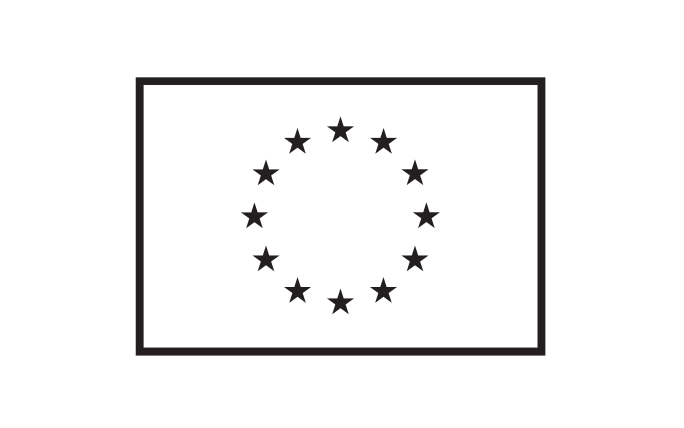Prof. MD
The Köhl lab is interested in the biology of the complement system. A particular focus is on the multiple functions of the small cleavage fragments of C3 and C5, i.e. the anaphylatoxins (AT) C3a and C5a, in the networks of innate and adaptive immune responses. The ATs play important roles as mediators of inflammation. Further, they regulate and control multiple innate and adaptive immune responses through binding and activation of their cognate G protein-coupled receptors, i.e. C3a receptor (C3aR), C5a receptor 1 (C5aR1) and C5a receptor 2 (C5aR2), although the latter lacks important sequence motifs for G protein-coupling. Based on their pleiotropic functions, they contribute not only to tissue homeostasis but drive, perpetuate and resolve immune responses in many inflammatory diseases including infections, malignancies, autoimmune as well as allergic diseases. The lab has generated several floxed reporter mice to track and cell-specifically delete C3a receptor, C5a receptor 1 and C5a receptor 2 (C5L2). The current research projects focus on the role of the C5a/C5aR1 axis as a regulator of the inflammatory response in (i) Gaucher disease, the most frequent lysosomal storage disease; (ii) autoimmune skin blistering disease; (iii) experimental allergic asthma; and (iv) Toxoplasma gondii infection.
Bröker K, Figge J, Magnusen AF, Köhl J*, Karsten CM*. A novel role for C5a in B-1 cell. Front Immunol 9:258 (2018). *shared senior authorship.
Pandey MK, Burrow TA, Rani R, Martin LJ, Witte D, Setchell KD, McKay MA, Magnusen AF, Zhang W, Liou B, Köhl J*, Grabowski GA*. Complement drives glucosylceramide accumulation and tissue inflammation in Gaucher disease. Nature 543:108-112 (2017). *shared senior-authorship.
Karsten CM, Wiese AV, Mey F, Figge J, Woodruff TM, Reuter T, Scurtu O, Kordowski A, Almeida LN, Briukhovetska D, Quell KM, Sun J, Ender F, Schmudde I, Vollbrandt T, Laumonnier Y, Köhl J. Monitoring C5aR2 expression using a floxed tdTomato-C5aR2 knock-in mouse. J Immunol 199:3234-3248 (2017).
Schmudde I, Ströver, JA, Vollbrandt T, König P, Karsten CM, Laumonnier Y, Köhl J. C5a receptor signaling in dendritic cells controls the development of maladaptive Th2 and Th17 immunity in experimental allergic asthma. Mucosal Immunol 6:807-825 (2013).
Karsten CM, Pandey MK, Figge J, Taylor PR, Rosas M, McDonald JU, Berger M, Petzold D, Blacnhard V, Winkler A, Hess C, Reid DM, Majoul IV, Strait RT, Harris NL, Köhl G, Nimmerjahn F, Finkelman FD, Brown GD, Ehlers M, Köhl J. Galactosylated IgG1 links FcgRIIB and Dectin-1 to block complement-mediated inflammation. Nat Med 18:1401-1406 (2012).
Hawlisch H, Belkaid Y, Bälder R, Hildeman D, Köhl J. C5a negatively regulates Toll-like receptor 4-induced immune responses. Immunity 22: 415-426 (2005).
PROGRAMME SPEAKER
Reinhard Würzner, M.D., Ph.D.
Schöpfstraße 41
A-6020 Innsbruck
Imprint
This project has received funding from the European Union's Horizon 2020 research and innovation programme under grant agreement No 860044






